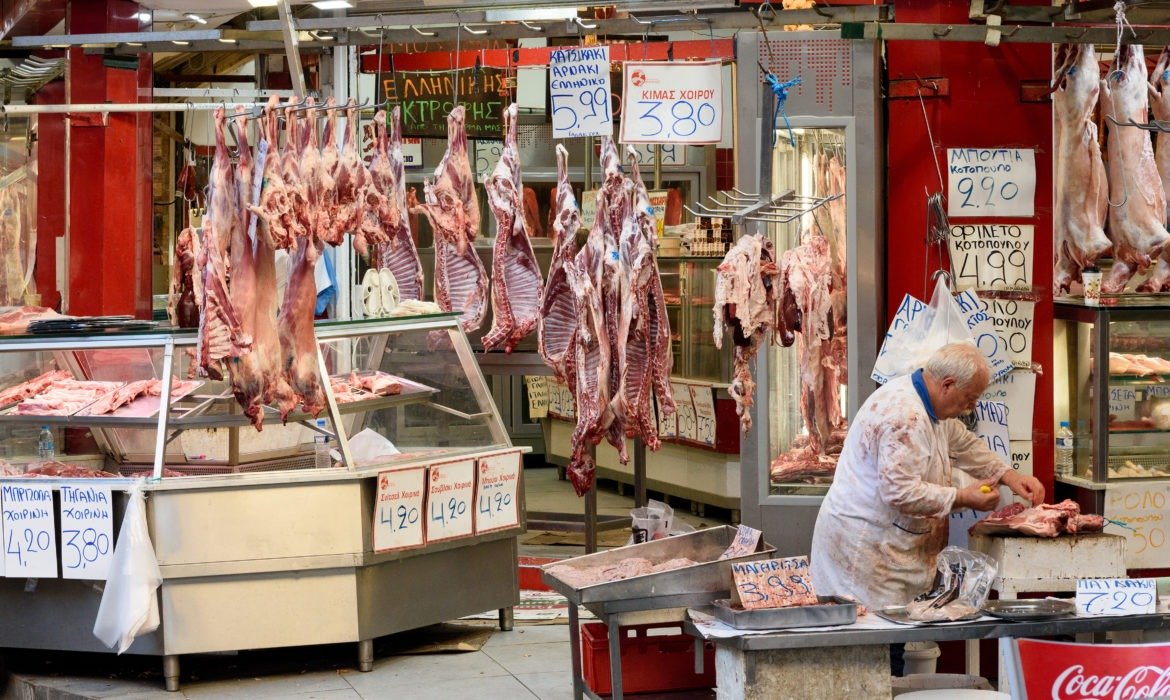To protect the supply of the nation’s food even as workers got sick and died, the United States President Donald Trump ordered meat processing plants to stay open. Thus, the plants have increasingly exported to China. Nevertheless, the United States consumers face shortages. That is what the Reuters analysis of government data showed.
Nonetheless, Trump is in an acrimonious public dispute with Beijing over its handling of the coronavirus outbreak. He invoked the 1950 Defense Production Act on April 28 for keeping plants open. Thus, now he faces criticism from some plant employees, lawmakers, and consumers for putting workers at risk in part to help ensure the supply of China’s meat.
Meat buyers of China ramped up imports from around the world. It is because a pig disease decimated its herd. Thus, the world’s most significant and pushed Chinese pork prices are at record highs. Since late 2019, the supply shock drove China paying more for the United States meat than other countries and even U.S. consumers.
Meat
Mike Naig is the agriculture secretary in the top United States pork-producing state of Iowa. Naig supported the order of Trump. He said that they know that over time exports are crucially important. Naig thinks that they need at this point to focus on meeting domestic demand.
Processors, including China’s WH Group Ltd, owned Smithfield Foods, Tyson Foods Inc, and Brazilian-owned JBS USA temporarily closed around 20 United States meat plants. It is because the virus infected thousands of employees. It prompted grocers and meatpackers to warn of shortages. As workers afraid of getting sick stay home, some plants have resumed limited operations.
Will Sawyer is lead economist at agricultural lender CoBank. Moreover, according to him, that disruption means that, by the end of May, consumers can see 30% less meat in supermarkets.
Since mid-March, the number of pigs slaughtered each day plunged by around 40%.












